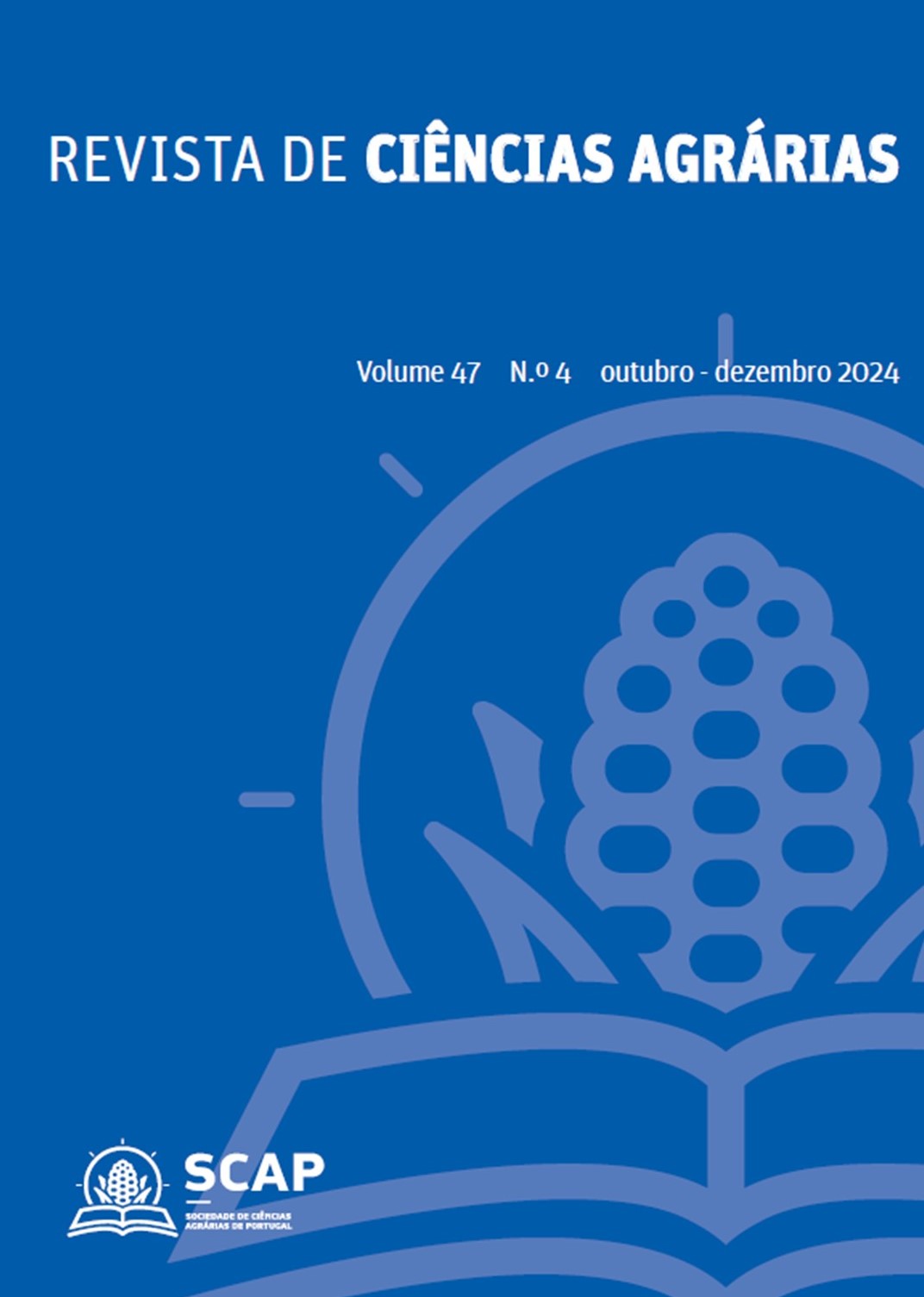Methodology to standardize soil mapping in Portugal
DOI:
https://doi.org/10.19084/rca.38566Abstract
Updated and harmonized information about soil is essential for the sustainable use of land and the conservation of natural resources. However, in Portugal, soil maps are heterogeneous respecting scale, classification system and mapping and analytical methodology. It is crucial to standardize them at a 1:100000 scale and in the WRB system, using digital tools and existing legacy soil information. In three pilot areas, located south of the Tagus River, the factors that determine soil characteristics were categorized: (i) lithology in terms of rock type, degree of consolidation and silica/carbonate content; (ii) relief considering slope, altimetry/hypsometry and landforms; (iii) climate in terms of thermal regime. The intersection of this information and the proportion of rocky outcrops made it possible to delimit homogeneous zones, and from these to define soil-mapping units by using the SROA/CNROA information (1:25000). 23 lithological groupings, five relief classes and seven climatic classes were obtained. 125 homogeneous zones, with a minimum area of 30 ha, were defined. This information creates the possibility of unifying soil mapping information in mainland Portugal, according to the requirements of the UE INSPIRE directive, and developing the land capability map harmonized for the entire territory.


